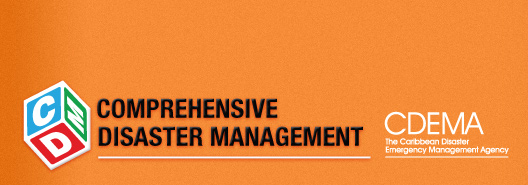
CDM Glossary
There are 29 entries in this glossary.| Term | Definition |
|---|---|
| Recovery |
Decisions and actions taken after a disaster with a view to restoring or improving the pre-disaster living conditions of the stricken community, while encouraging and facilitating necessary adjustments to reduce disaster risk. Recovery (rehabilitation and reconstruction) affords an opportunity to develop and apply disaster risk reduction measures. (ISDR) |
| Relief / response |
The provision of assistance or intervention during or immediately after a disaster to meet the life preservation and basic subsistence needs of those people affected. It can be of an immediate, short-term, or protracted duration. (ISDR) |
| Resilience |
The capacity of a system, community or society potentially exposed to hazards to adapt, by resisting or changing in order to reach and maintain an acceptable level of functioning and structure. This is determined by the degree to which the social system is capable of organizing itself to increase its capacity for learning from past disasters for better future protection and to improve risk reduction measures. (ISDR) |
| Results Based Management |
Rather than focusing programme/project management efforts on the monitoring of inputs, activities and processes, an RBM approach concentrates on ‘results’ and places emphasis on the following dimensions:
|
| Risk |
The probability of harmful consequences, or expected losses (deaths, injuries, property, livelihoods, economic activity disrupted or environment damaged) resulting from interactions between natural or human-induced hazards and vulnerable conditions. Conventionally risk is expressed by the notation Risk = Hazards x Vulnerability. Some disciplines also include the concept of exposure to refer particularly to the physical aspects of vulnerability. Beyond expressing a possibility of physical harm, it is crucial to recognize that risks are inherent or can be created or exist within social systems. It is important to consider the social contexts in which risks occur and that people therefore do not necessarily share the same perceptions of risk and their underlying causes. (ISDR) |
|
Looking for:
|











